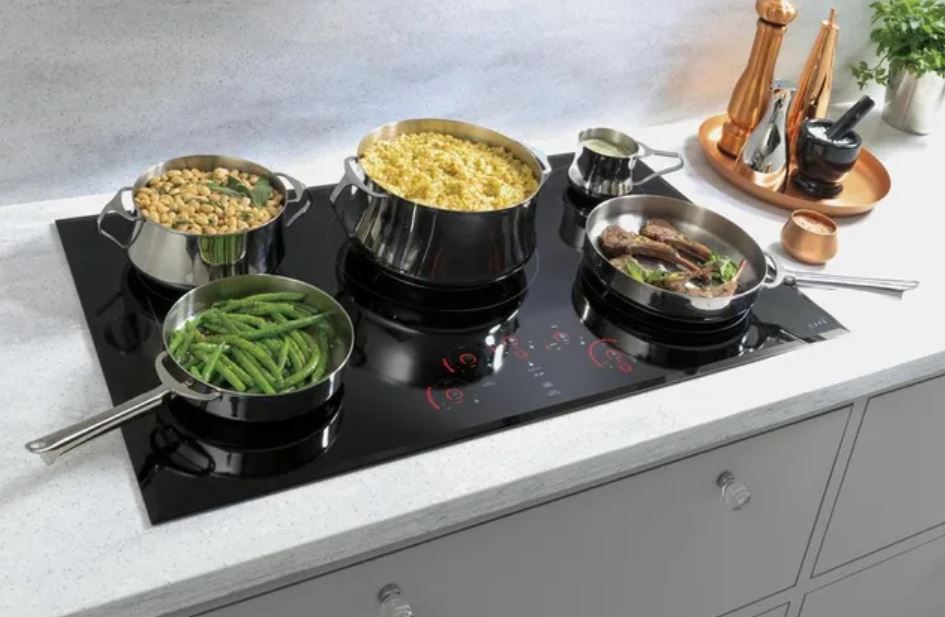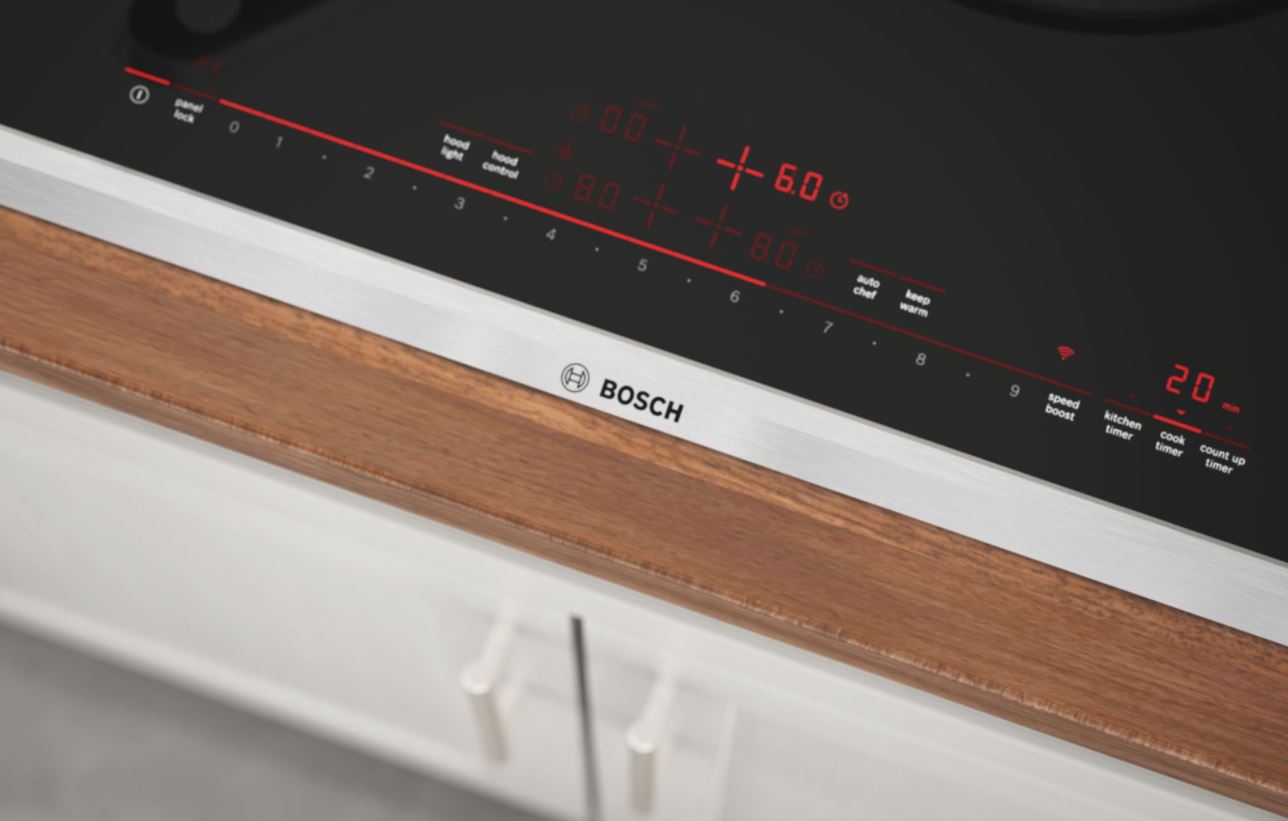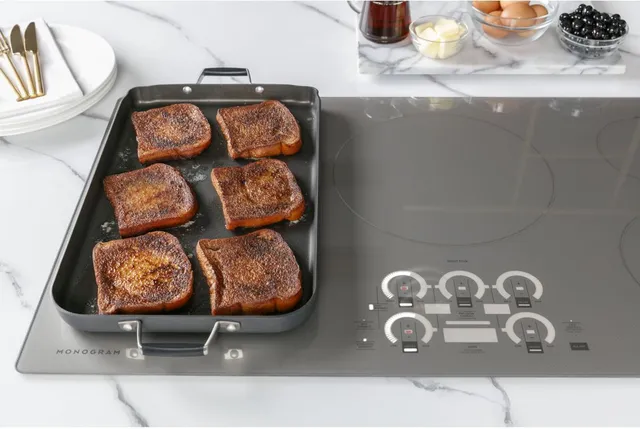
How Does Induction Cooking Work?
What are the Benefits of Cooking with Induction?
The Difference Between Gas, Electric, and Induction Cooktops
If you’re in the market for a new cooktop, you’ve got some options. There are a few different heating methods used for cooktops including gas and electricity, but many people aren’t aware there’s a third option available known as induction. While each cooktop has its unique qualities, it’s important to add a product to your kitchen repertoire that you can be confident using every day.
Gas and electric cooking are the gold standard of most household kitchens, but we wanted to highlight the increasingly popular and dynamic cooking trend: induction. This cooking method has gained traction as of late because consumers are seeking out more energy-efficient cooking options.
If you cook often, energy efficiency is sure to be on your mind. An induction cooktop may be a wise choice because it not only ensures a more precise and even heat, but it can also save you money in the long run because the cookware absorbs the heat rather than the surface of your appliance.
However, like any major appliance purchase, it requires plenty of research and thoughtful consideration. So, to make your job a little easier, follow our latest guide to learn more about induction cooking—what it is, how it works, and how it can benefit you.
What is an Induction Cooktop?
Let’s start with the basics. On the surface, induction cooktops look quite similar to standard glass-top electric cooktops, but an induction stovetop uses electromagnetic waves to heat cookware, essentially turning your pots and pans into their own heat source.
Because the appliance surface heats cookware with electromagnetism, the system is highly efficient, allowing for precise control and a rapid rise or drop in temperature. This temperature control typically leads to faster heating, especially during more time-consuming tasks such as boiling water.
Induction cooking surfaces are known to boil water 50 percent faster compared to their gas and electric counterparts, and they maintain a consistent temperature so occasional spills or boil-overs occur far less often.
How Does Induction Cooking Work?
We mentioned induction cooking using electromagnetic currents, but let’s explore this process further. Whereas gas and electric appliances might use thermal conduction to transfer heat from a burner to a pan to your food, induction cooking eliminates the middleman, working almost instantly to heat the cooking vessel itself.
An electric current passes through a coiled copper wire underneath the cooking surface, creating a magnetic current throughout the cookware. And the best part is, the entire cooktop remains cool-to-the-touch so burns become less of a worry. Induction cooking is known to be more efficient than traditional cooking methods because very little heat energy is lost during the process and you can heat your cookware without heating your entire kitchen.
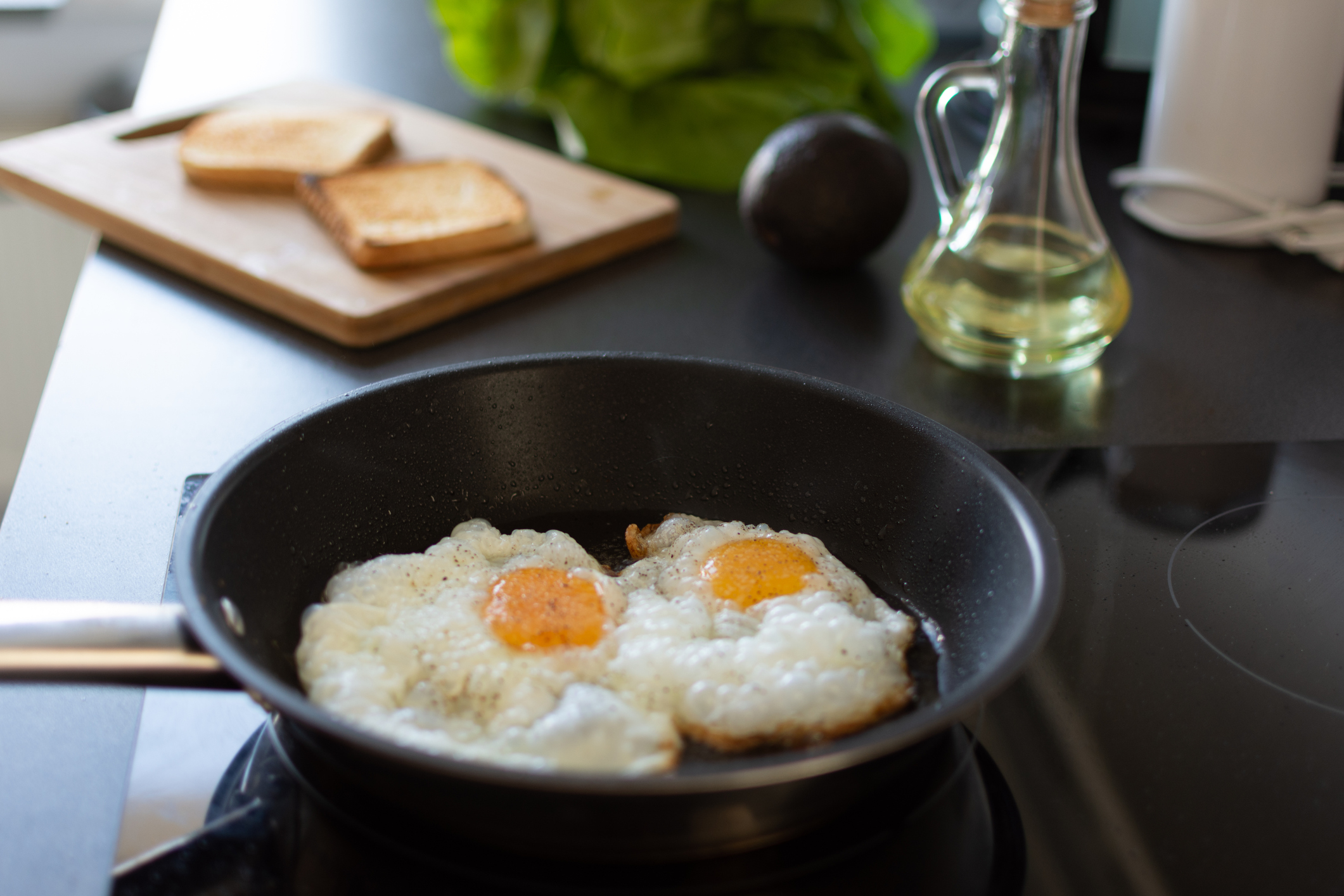
What are the Benefits of Cooking with Induction?
Beyond faster boiling times and precise temperature control, induction cooktops provide an easy-to-clean surface. Since the heat isn’t absorbed through the burners, the cooktop remains cool enough to easily wipe up spills and grease splatters before they are completely charred and burnt onto your stove. Ambient heat from your cookware may still cause an increase in temperature to the cooking surface, but it cools down much faster than a traditional cooktop so you can attack messes pronto.
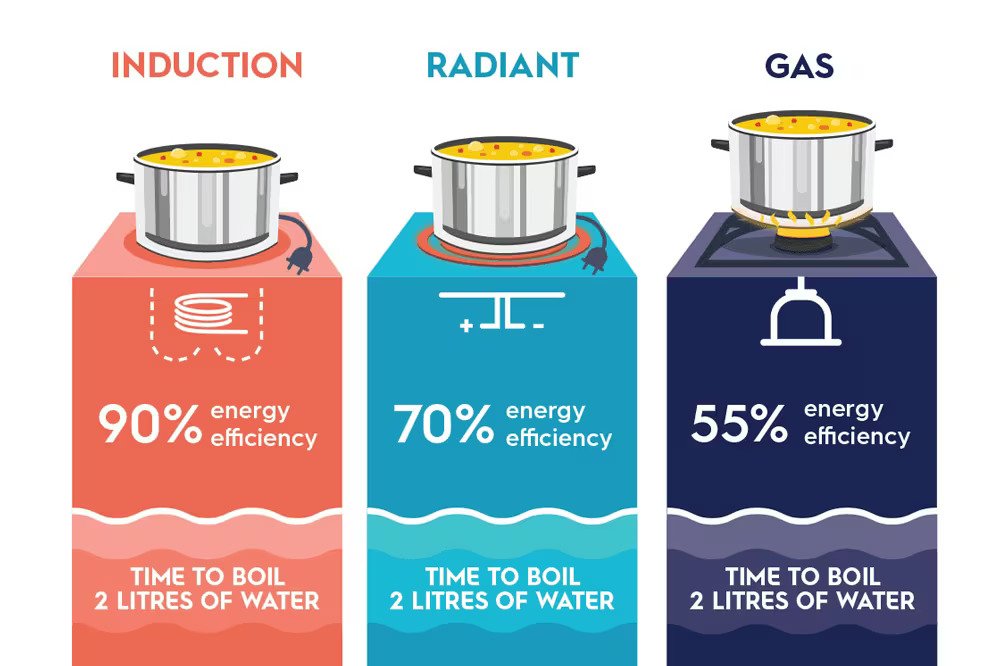
Certain brands offer induction cooktops with an auto-sizing feature. This black induction cooktop by Frigidaire (FFIC3026TB) comes equipped with Auto Sizing Pan Detection that places heat where it’s needed and automatically adjusts to match the size of the cookware. Whether you’re making flapjacks for breakfast or searing a pork chop for dinner, your cooktop will detect the size of your pan (small, medium, or large) and send the appropriate amount of heat for the pan that you’re using.
Induction is a much safer option because the stove doesn’t get scorching hot. If you have young children who like to get their hands on everything or unruly pets that like to jump up on kitchen surfaces, they can contact the appliance without getting burned.
The Difference Between Gas, Electric, and Induction Cooktops
Now that you know a little more about induction cooktops, we’re going to see how they compare to the other fuel types.
Gas
Gas cooktops heat food with an open flame. Gas provides rapid heat and exceptional control over both high and low heat. The flame makes it easy to judge the heat level and dial it back if it looks like your cookware is getting too hot.
Cooktops with sealed gas burners are a nice touch because they prevent food from getting trapped under the burner, making cleanup less of a burden. If you purchase a cooktop with continuous grates, you can easily slide heavy pots and pans across the cooktop without any hunching or heavy lifting.
Certain gas cooktops, like this downdraft cooktop from KitchenAid (KCGD500GSS), integrate the ventilation system into the cooking surface so a separate range hood is not needed. Smoke and odors can be removed outside or filtered and recirculated inside. Gas cooktops can act as a two-in-one appliance to keep your kitchen performing at its best.
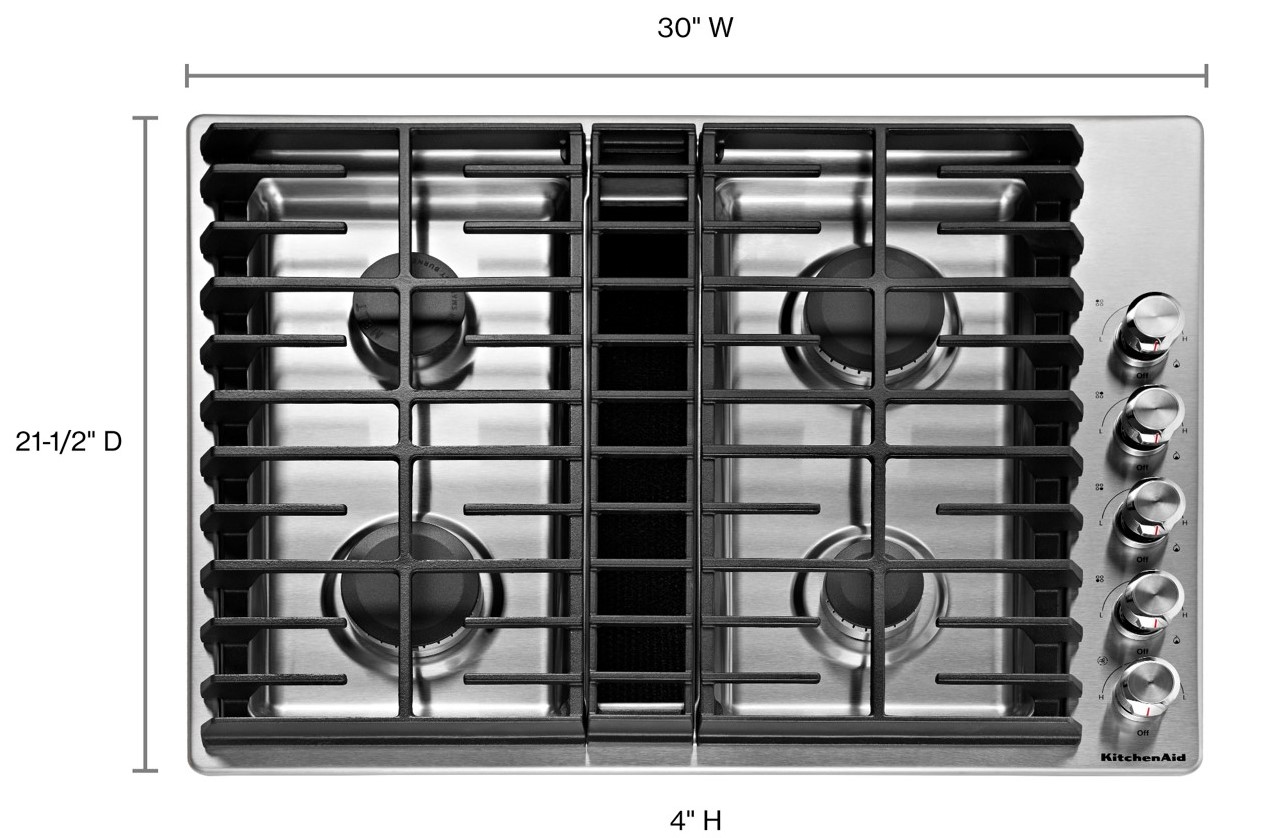
Electric
Electric cooktops heat food without a flame. There are two types of electric cooktops: coils and smooth-tops. The electrical coils found beneath the surface heat the cooktop and transfer that heat to your cookware. The coils sit on top of the cooktop surface and are more susceptible to spills, but the drip pans located below the coils will contain most of the mess.
Smooth-tops feature radiant heating elements similar to coils, but instead of being on top, the heating zones are installed underneath a smooth, easy-to-clean glass surface. They heat evenly and provide a sleek, integrated appearance in your kitchen.
If you’re interested in purchasing an electric cooktop, there are some great features to assist with your meal prep. Dual element burners feature an inner ring for smaller cookware and an outer ring for larger cookware. Bridge elements are a large space between two main heating elements used to create a separate cooking surface for griddles, and hot surface indicator lights add a safety element to your appliance letting you know when your cooktop is active or still too hot to touch.
Induction
Just to recap, induction cooktops are a type of electric cooktop. The main difference is the way heat is transferred. The magnetic coils heat your cookware directly so you can enjoy precise and even results without a hot-to-the-touch surface.
If you’re looking for a versatile cooking appliance, the Bosch 800 Series Induction Cooktop (NIT8069SUC) features 11 cooking zones, 17 power levels, and uses the SpeedBoost and AutoChef settings to provide fast, powerful, and consistent temperature settings for precise cooking results. This cooktop can be installed in a frameless design to integrate more seamlessly with your countertop or installed with a stainless-steel framed design to stand out and stand proud in your kitchen.
Induction Cooking FAQs
1. Is cooking different with induction?
Cooking on an induction appliance isn’t different, but there may be an initial learning curve. Because the cookware heats up more quickly, you may find that the total cook time is reduced. Monitor your food to avoid overcooking and utilize the different power levels to adapt to your needs. Certain models will feature levels to produce the ideal amount of heat for simmering, boiling, and searing.
2. Does induction require specialty cookware?
Induction cookware must respond to electromagnetism in order to work. Ferrous metals such as stainless steel and cast iron are suitable for induction cooking. However, cookware made of aluminum, glass, copper, or ceramic are not suitable for induction cooktops.
If you aren’t sure if your cookware is appropriate for induction cooktops , try the magnet test. If a magnet sticks to your cookware, then it will work with an induction stove.
3. Are induction cooktops easy to install?
Installation will depend on the appliance brand you choose and the current electrical wiring and power supply in your home. If your cooktop requires specialized outlets or new wiring, contact a professional for installation.
When it comes to purchasing a new cooktop, decide which appliance model will best suit your culinary needs. If you want to get out of your comfort zone and invest in a unique and dynamic appliance, an induction cooktop is the way to go. With faster heating, improved energy efficiency, and increased safety features, it seems like a no-brainer.
Why Trust Don’s Appliances?
Founded in 1971, Don’s Appliances is a family-owned, independent appliance retailer based out of Pittsburgh, PA. Don’s has since expanded to 10 locations selling, delivering, installing, and servicing all major appliance brands. Large enough to offer competitive pricing yet small enough to continue offering the “white glove” service we pride ourselves on, our focus is always on the customer experience — from the first step into a showroom to the purchase transaction to well after your new appliance has been installed.
When our customers are remodeling or building a new house, Don’s has all the expertise, product knowledge, inventory, brands, displays, and services to meet and exceed your needs. And in the event an appliance breaks, we are there, right on time and with the right product, delivery, installation, and service.
Shop Induction Cooktops at Don’s
Don’t put off until tomorrow what you can do today, and shop cooktops online today at Don’s Appliance. Our friendly experts are always happy to help you learn what is induction cooking and how does it work along with other questions you might have — whether you call us at 866-544-1711, email us, or use our online chat feature. Better yet, stop by any of our Don’s Appliances Pittsburgh, PA warehouse locations. Visit us today!
Learn More:Are Induction Cooktops Safe?




